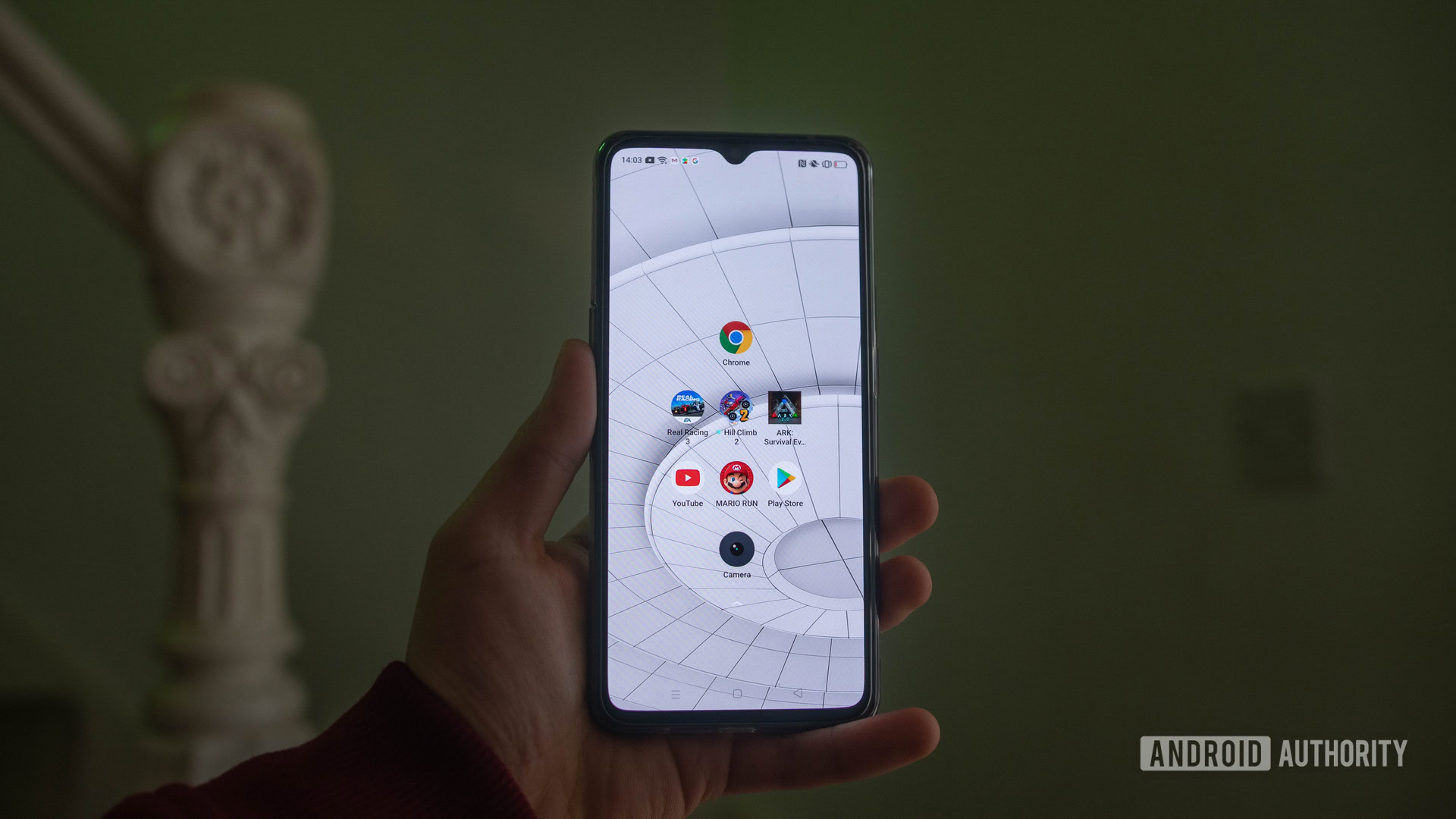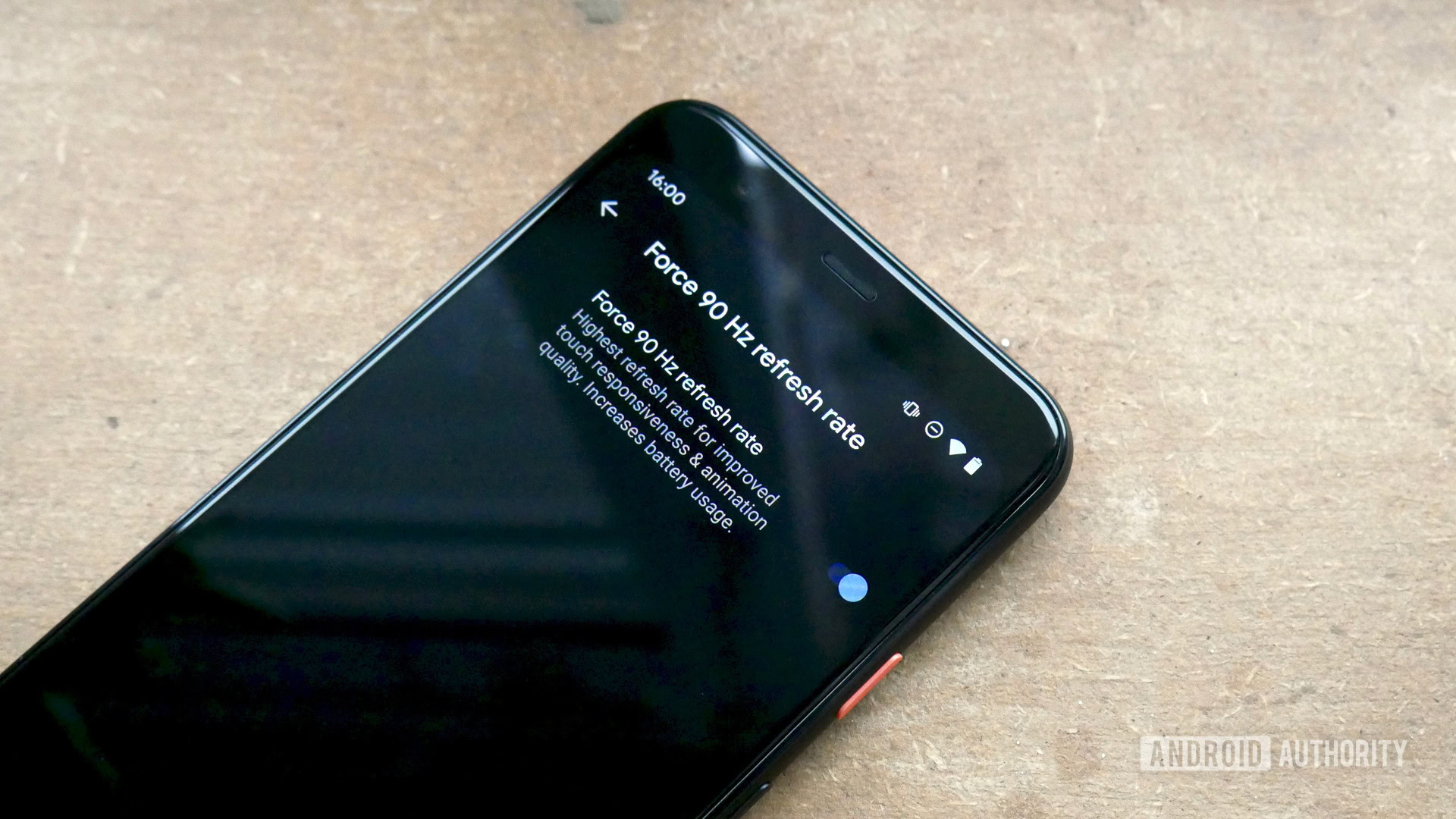Affiliate links on Android Authority may earn us a commission. Learn more.
90Hz smartphone display test: Can users really feel the difference?
90Hz refresh rate displays have been immensely popular in smartphones in the latter half of 2019. That got me thinking — is the promise of a faster more responsive experience just marketing hype or is it really a game-changer?
To find out, I decided to run an experiment to see if users could truly see a difference between 60Hz and 90Hz smartphone displays.
90Hz display user test: The method
Ten smartphone users participated in the test. The devices used were two realme X2 Pro‘s and a pair of OnePlus 7 Pro-series devices — the 7 Pro and the 7T Pro. OnePlus was, unfortunately, not able to provide us with two identical units, though all the settings were tuned to match each other for the test. While the Pixel 4 technically has the best display out there, we decided not to use it as the force 90Hz option isn’t quite as stable as the aforementioned devices.
Continue reading: Not all 120Hz smartphone displays are made equally
Each participant was handed the two realme’s to try and then the two OnePlus phones. Each pair had one device set to 60Hz and one set to 90Hz for a real apples-to-apples comparison. All the phones had the same wallpapers and applications installed and were set to 100% brightness to keep the test as fair as possible.
So, what happened next? Watch the video above to find out (or skip past the image below for spoilers).
90Hz display user test: The results

The outcome was surprising, to say the least — no one could tell the difference between 60 and 90Hz displays.

I predicted that most would miss the increase in smoothness, but not all. A couple of the users in the experiment were techies so I was expecting at least those users to comment on speed, but they were just as oblivious as everyone else. From about four feet away from the phones, I couldn’t spot the difference, either!
How did this happen?
I have a few theories as to why the participants didn’t pick up on the 90Hz display. The first is that the jump from 60Hz to 90Hz is very minor. Sure, 50% seems like a big jump, but the difference is almost unnoticeable compared to the jump from 60Hz to 120Hz.
My second theory is that the size and distance of the display from the users’ eyes have a bigger effect on perceived speed than we first thought. Thirdly, I think that spending more than 10 minutes with the devices, you’d notice a bigger jump. This might happen because the user would get used to a faster display and the drop back to 60Hz would hit a lot harder.
The jump from 60Hz to 90Hz just isn't enough.
The battery life sacrifice that has to be made to enable 90Hz just doesn’t seem worth it to me, given that the difference in perceived speed is so little. The jump to 120Hz would offer a greater improvement in speed, but to an even bigger detriment to the battery life.
Continue reading: How 90Hz affects battery life on the OnePlus 7 Pro
I highly encourage you to watch the full video above because there is so much more information there. We’d love to continue exploring perceived speed and challenging marketing claims made by smartphone companies worldwide. If you share our interest and intrigue in this area, please do let us know!